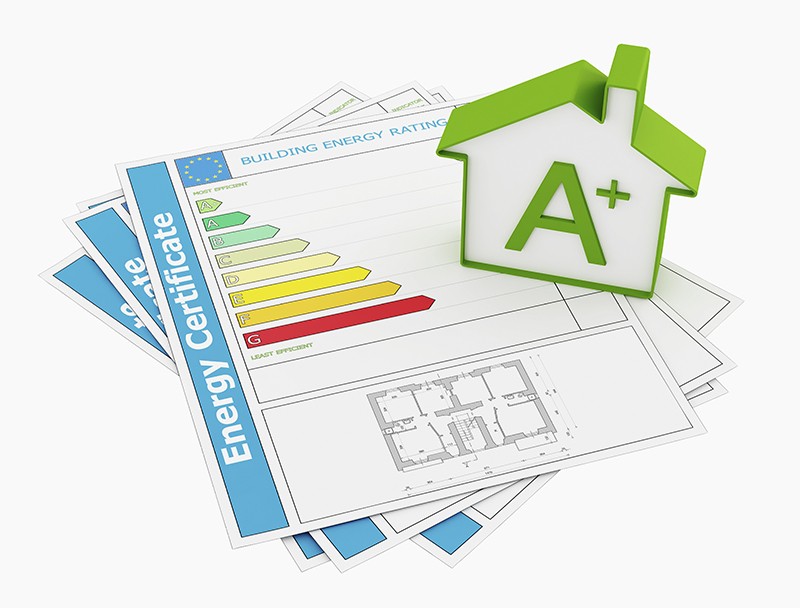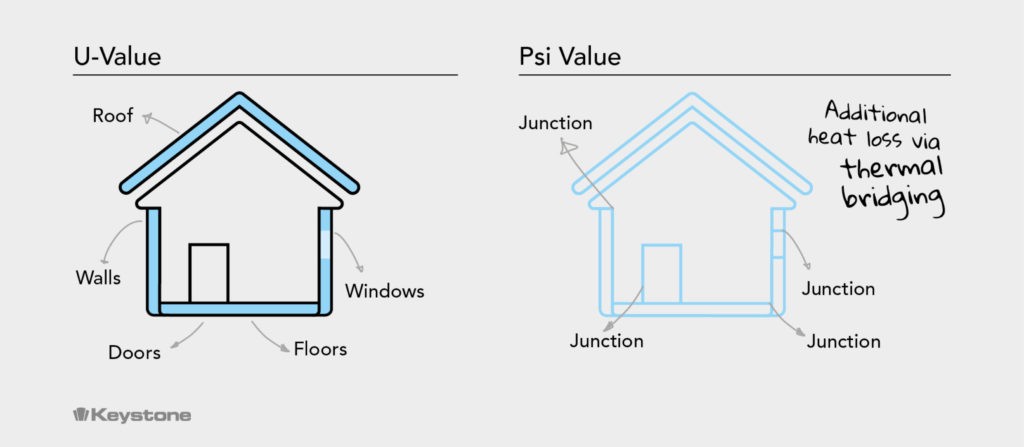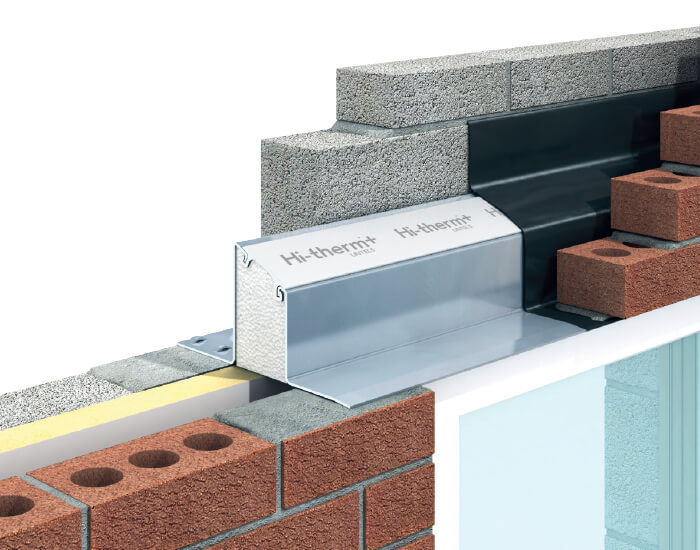If buildings are designed to meet Part L regulations and carbon reduction targets, then it is essential specifiers understand the impact of thermal bridging. With a traditional steel lintel potentially creating a major thermal bridge in a building, correct lintel specification can have a significant impact on a building’s fabric efficiency.
Ben Cheetham, National Specification Manager at Keystone Lintels, looks at the detailing around junctions and how this important structural element can be designed to be more thermally efficient and with better buildability.
Introduction
Preventing heat loss by addressing thermal bridging is growing in importance; particularly with the UK government aiming to create more energy efficient homes and attain its ultimate goal: carbon-neutrality by 2050. Indeed, research carried out by the BRE found that thermal bridging can account for up to 30% of heat loss from buildings.
Explaining ‘the bridge’
A thermal bridge is a localised area in the thermal envelope of a building where there is increased heat loss compared to the surrounding area. For example where a traditional steel lintel spans a window or door opening and interrupts the insulation layer in the cavity wall, a clear path for heat to escape is provided and the thermal efficiency is compromised.
Non repeating thermal bridges such as these are assessed using thermal modelling software and their impacts on the building’s energy performance must be calculated independently in addition to U-values.
Heat loss and lintels
Today, the majority of lintels in domestic-scale dwellings are made from steel for a number of reasons, such as providing more design flexibility and easier onsite handling due to their lightweight design than other alternatives. However, steel has a high conductivity value and with lintels typically spanning across long lengths in a typical build, it’s no surprise they can have a significant impact on heat loss via thermal bridging. Therefore, taking into account the thermal performance of lintels at design and specification stage is more important than ever.
A lintel design which incorporates a thermal break will outperform and be much more thermally efficient than a standard lintel. For instance, Keystone’s Hi-therm+ lintels use a patented combination of a polymer isolater and galvanised steel to bond the internal and external walls together by spanning the intervening gap.
The polymer isolater provides a powerful thermal break in the lintel and virtually eliminates this key thermal bridge. As a result, Hi-therm+ Lintels are up to five times more thermally efficient than a standard steel lintel; they are also available in the same lengths, sizes and loading capacities as the standard range of lintels.
The Hi-therm Lintel has an impressively low thermal conductivity with a Psi value of 0.03 to 0.06 W/m.K making it the ideal low cost and sustainable solution for specifiers aiming to achieve building regulations with the fabric first approach.
Fabric first
A fabric-first approach has for some time been supported by the housebuilding industry. Its approach factors in a number of aspects such as having high levels of thermal insulation, excellent air tightness levels, maximising building orientation for solar gains and designing out thermal bridging. The benefits of this approach as a first step in building design are increasingly widely recognised and ongoing research continues to reinforce the significant positive impact this approach can have economically, environmentally and socially.
The reduction in CO2 emissions achieved through fabric measures is built-in for the life of the building and therefore can ensure that the energy demand and CO2 emissions of a site remains low.
With junctions above openings in buildings particularly vulnerable to heat loss through thermal bridging, paying close attention to the details and structural elements such as lintels is key to ensuring energy efficient buildings. Adopting a fabric-first approach in the first instance will ensure the building continues to perform as-designed and go some way to maximising the overall efficiency of UK Homes ensuring they are well positioned for future regulatory changes.
For more information contact our team.




Recent Comments